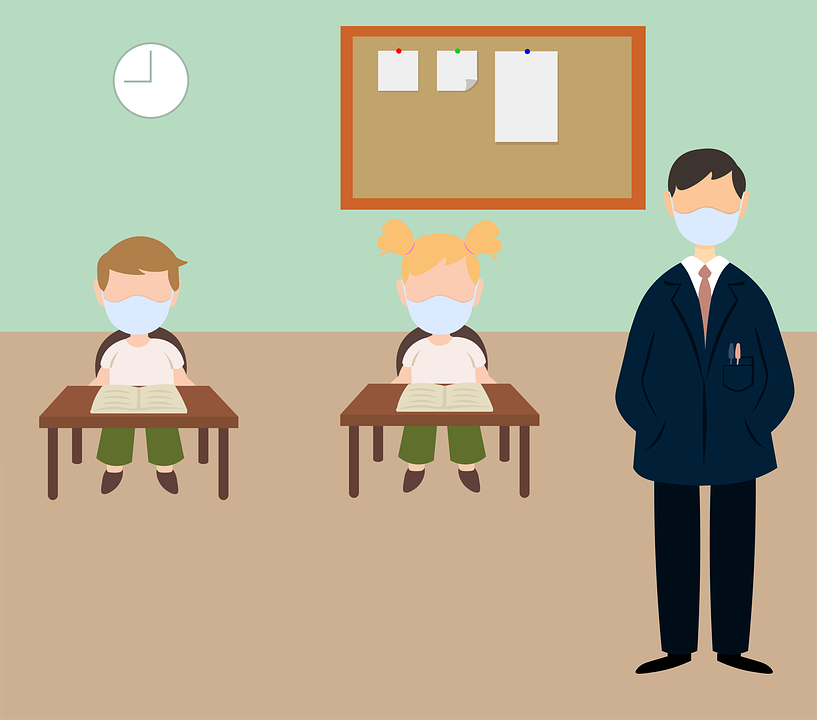NYC public schools should expand COVID-19 testing program
October 22, 2021
Recent analysis shows that the current average weekly positivity rate among New York City public school students is .25%, much less than the average rate in the five boroughs of 2.43%, according to The New York Times.
New York City Public Schools should automatically enlist unvaccinated students into its testing program and provide parents the option to withdraw their children from random weekly testing.
Each week, New York City public schools test 10% of a school’s population of unvaccinated students who have opted into the testing program. The 10% are chosen at random and does not include Pre-K and Kindergarten students.
The promising low numbers can be attributed to mandatory masking at all schools and the vaccine mandate for all teachers and school faculty, the latter of which went into effect late last month.
But experts have noted the current in-school testing program can do more to protect the almost 1.1 million students in the largest school district nationwide.
Dr. Ashish Jha, dean of the Brown University School of Public Health, told The New York Times this level of testing is adequate for tracking infections, but not enough to minimize case totals.
Part of the problem is the requirement for parents to opt their children into the in-school testing program. Earlier this month, it was revealed that less than 200,000 students of the 550,000 eligible had consented to random testing.
These numbers were so low in some schools that zero students were tested during the first week of random testing at P.S. 194 in Brooklyn. And low levels of students opting into in-school testing plagued the city’s efforts last school year, too.
A portion of the students and their parents that have not consented to COVID-19 testing at their school are undoubtedly adamant in their resistance to testing. But there is just as likely a large number of parents and students that are neutral on the issue.
With the current system in place, these students are not in the pool of randomly tested students, which is a detriment to the health of all students including their own.
By reversing the policy and requiring parents to opt their children out of the program to avoid random weekly COVID-19 tests, many students will likely remain in the program because their parents are indifferent about testing.
This same logic has been used in the debate for a potential flu shot mandate.
Dr. Edith Bracho-Sanchez, director of pediatric telemedicine and assistant professor of pediatrics at Columbia University Irving Medical Center, noted last year in a CNN editorial that the lack of a flu shot mandate at schools has led “parents to think that although recommended, the flu shot is not necessary.”
Many parents have likely adopted a similar mindset regarding weekly COVID-19 testing, resulting in the low numbers of participants in the in-person testing campaign.
The importance of regular testing cannot be understated. Notwithstanding vaccines, widespread testing is the best tool the public has for limiting the spread of COVID-19.
Switching the testing program into something parents and their children opt out of rather than opting into has also been backed and recommended by public health experts.
“If you’re going to do opt-in, I worry a lot about whether schools are going to do the hard work of really trying to explain the benefits and value to all parents,” Jha said, according to The New York Times.
“You may see in certain communities less opting in because people may not have as much trust in what the purpose of these tests are. And what I would not want is a system where you’re essentially testing kids whose parents are wealthier and more educated, and getting a skewed view of what is happening,” Jha added.
While many students may still be uncomfortable or scared of testing, the tests used at schools are less intrusive than the notorious nasal swab exam.
Instead of using the “long swab” nasal test, schools use a “short swab” reminiscent of a Q-tip that is inserted into the front part of the nose for as little as five seconds.
School staff, translators and trained testers employed by the NYC Department of Education’s partners can also be transparent with parents and ensure testing is safe and effective.
If parents and children still resist, they can withdraw from the testing program.
Although the latest numbers and trends are promising, the city’s schools must be proactive with their in-school testing initiative to ensure students are protected from the spread of COVID-19 and emerging variants this winter and beyond.







